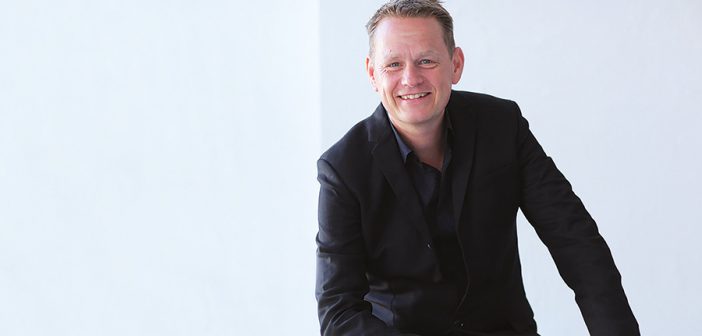A nine-point guide or the Holistic Selling Proposition devised by the consultant for building world-class brands anywhere
A CLEAR VISION
This is the cornerstone of a successful brand. A clear vision cannot just guide but also drive a brand. For Instance, take L’Oreal mission: “We sell hope.” Or Apple 1982 brand vision: “Man is the creator of change in this world. As such he should be above systems and structures, and not subordinate to them.” In both these cases, companies used the underlying vision to build products that took the brand forward.
A SENSE OF BELONGING
What do Harley Davidson, Lego and Apple have in common? They’re all based on communities. Considering Lego’s considerable brand equity, you might think that the company has a marketing budget running into billions. Not so. In fact, Lego’s marketing budget is so modest that if I were to say it out loud, you would probably think it was a typo. Lego doesn’t do its own talking; it lets Lego maniacs do it.
AN ENEMY
Imagine Pepsi without Coke. Impossible, right? A competitor is a valuable foil that unites a company from within and pushes the brand’s boundaries. The enemy shapes the brand.
SENSORY APPEAL
If you were to close your eyes and walk into a place of worship, the sounds and smells would help you make your way: the ringing bells, license, rumble of a massive organ. Most brands lack such sensory stimuli. A visit to the local supermarket or retail chain will yield a lot of visual stimulus, but it’s unlikely that other senses will be engaged.
STORYTELLING
The world’s holy texts are built on ancient oral traditions. Storytelling has driven faith and religious practice, keeping them alive for millennia. Just as every hymn, icon, and stained-glass window in a church links to a story, brands have the potential to build holistic identities through storytelling.
GRANDEUR
It’s all about thinking big, really big. Consider the fifth Avenue Apple Store in New York, the latest Prada store in Tokyo, or Burj Al Arab, the world’s first seven-star hotel.
EVANGELISM
Today’s evangelism is just as likely to take place through chat rooms and viral videos as it is through personal conversions. Word-of-mouth marketing is powerful, trusted and cheap. Brands must make use of this inclination of consumers to be persuaded by friends. Consider Brazilian cosmetics brand Natura, which deploys a direct-sales force of more than 718,000. By knocking on doors, it has established a vibrant network of brand supporters.
SYMBOLS
Imagine a smashed stained-glass window, a page torn from a Bible, or a snippet of choral singing. You would still recognize its religious roots, wouldn’t you? In 1915, Coca-Cola designed a bottle so unique that if it were smashed into thousands of pieces, from a single shard of glass you’d still be able recognize the brand. We call such a device a ‘smashable’. It can be anything from color to sound,, from a pattern to a smell to an icon.
RITUALS
Rituals build brands. Placing a wedge of lime in the neck of a corona bottle helps sell beers. And where did that ritual come from? One story has it that two bartenders in California were curious how fast a ritual could spread. Astonishingly fast, they discovered.
Extracted from Outlook Business where this was originally featured


